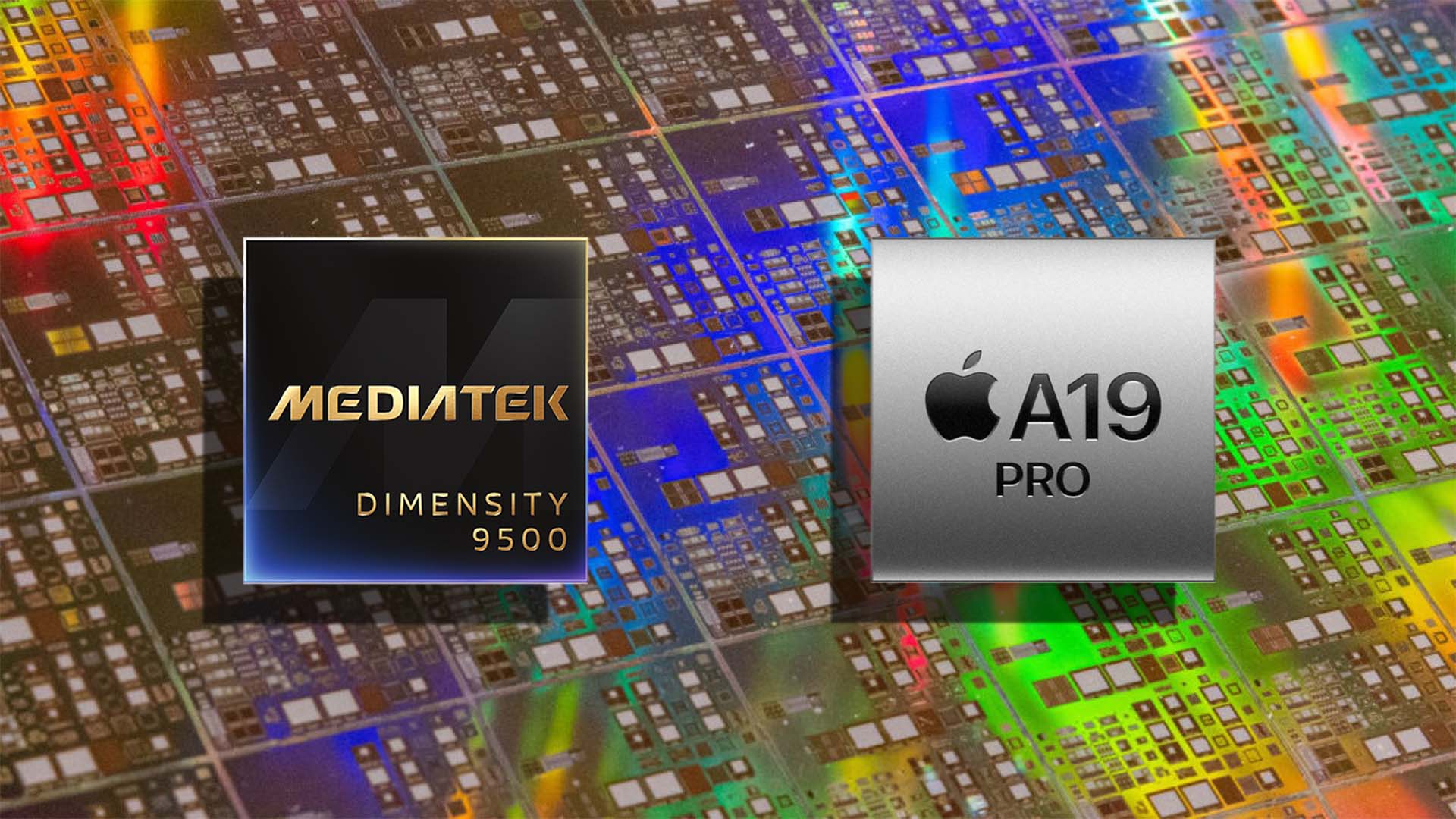MediaTek Wants You To Believe The Dimensity 9500 Can Compete With A19 Pro In Single & Multi-Core Benchmarks; Here Is The Reality

It has been a couple of hours since the Dimensity 9500 went official, and being mass produced on TSMC’s third-generation 3nm process has its perks to the point that it is a top-tier upgrade over the Dimensity 9400, but how does it fare against the latest-generation chipsets? No, we are not referring to the Tensor G5, but the A19 Pro. MediaTek revealed during its announcement that its Dimensity 9500 competes with Apple’s A-series SoC in both single-core and multi-core test runs, but the reality is much different, which you will learn about soon.
The Dimensity 9500’s single-core and multi-core scores, rivaling the A19 Pro, were obtained in a ‘Lab Environment,’ providing the most optimal conditions for MediaTek’s 3nm SoC
During the unveiling, MediaTek proudly boasted about the Dimensity 9500’s Geekbench 6 single-core and multi-core scores, with the silicon up to 32 percent faster than its immediate predecessor. While you can check the scores below, it is the first time that we are witnessing an Android smartphone chipset break Geekbench 6’s 4,000 points barrier in single-threaded tests, a feat that was accomplished by the A19 Pro, with the latter not just the fastest SoC at this time, but also flaunting the best ‘performance per watt’ ratio.
However, here is one difference that you did not stumble upon and you can be forgiven for missing out on this tiny detail because you were so mesmerized by the Dimensity 9500’s impressive specifications, and the fact that the performance slides were prepared in a foreign language. Thankfully, eagle-eyed individuals like ourselves noticed that the scores for MediaTek’s flagship silicon were obtained in a ‘Lab Environment.’
These conditions are purposely made favorable for the chipset to perform at its optimum capabilities and do not reflect real-world performance. A commercial flagship smartphone featuring the Dimensity 9500 in a hot and humid room would never reproduce the same results, which ultimately makes the A19 Pro a superior silicon since it was tested in-depth by the reviewer Geekerwan. As for the scores comparison, you can view those numbers below.
A19 Pro Geekbench 6 scores from a reviewer
Single-core – 4,019
Multi-core – 11,054
Dimensity 9500 Geekbench 6 scores in a ‘Lab Environment’
Single-core – 4,007
Multi-core – 11,217
Another thing to keep in mind is that in our previous Geekbench 6 comparison, we found that the Dimensity 9400 consumed the most power at 18.4W to achieve a decent single-core and multi-core score, whereas the A19 Pro ran circles around it, securing the aforementioned results with its board power recorded at just 12.1W. Since the Dimensity 9500 does not employ in-house cores, it may negatively affect its efficiency, irrespective of what MediaTek talks about, and if those figures are lackluster, the A19 Pro would obtain another victory in the win column.
It is not uncommon for companies to hype up their products, and we are glad that MediaTek mentioned a disclaimer on how it achieved the Dimensity 9500’s single-core and multi-core scores to avoid deceiving the public and receiving criticism for it later on. However, it might be another year before the Taiwanese fabless semiconductor manufacturer can reach the top of the mountain, so is there a possibility that the company starts exploring bringing custom cores to its products? We will find out next year.



